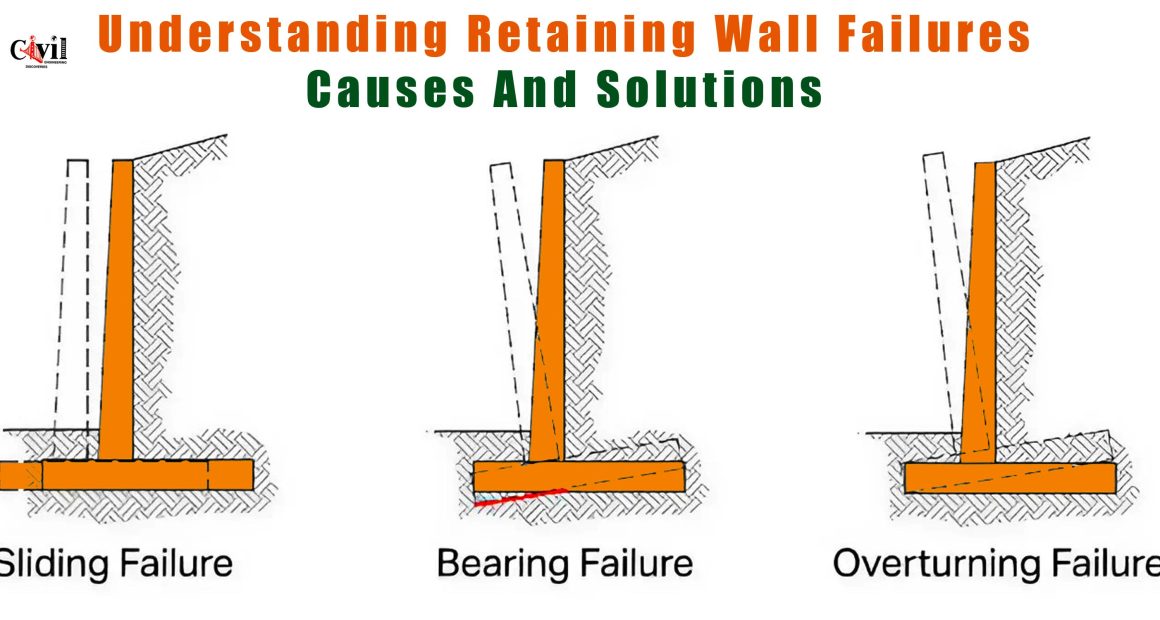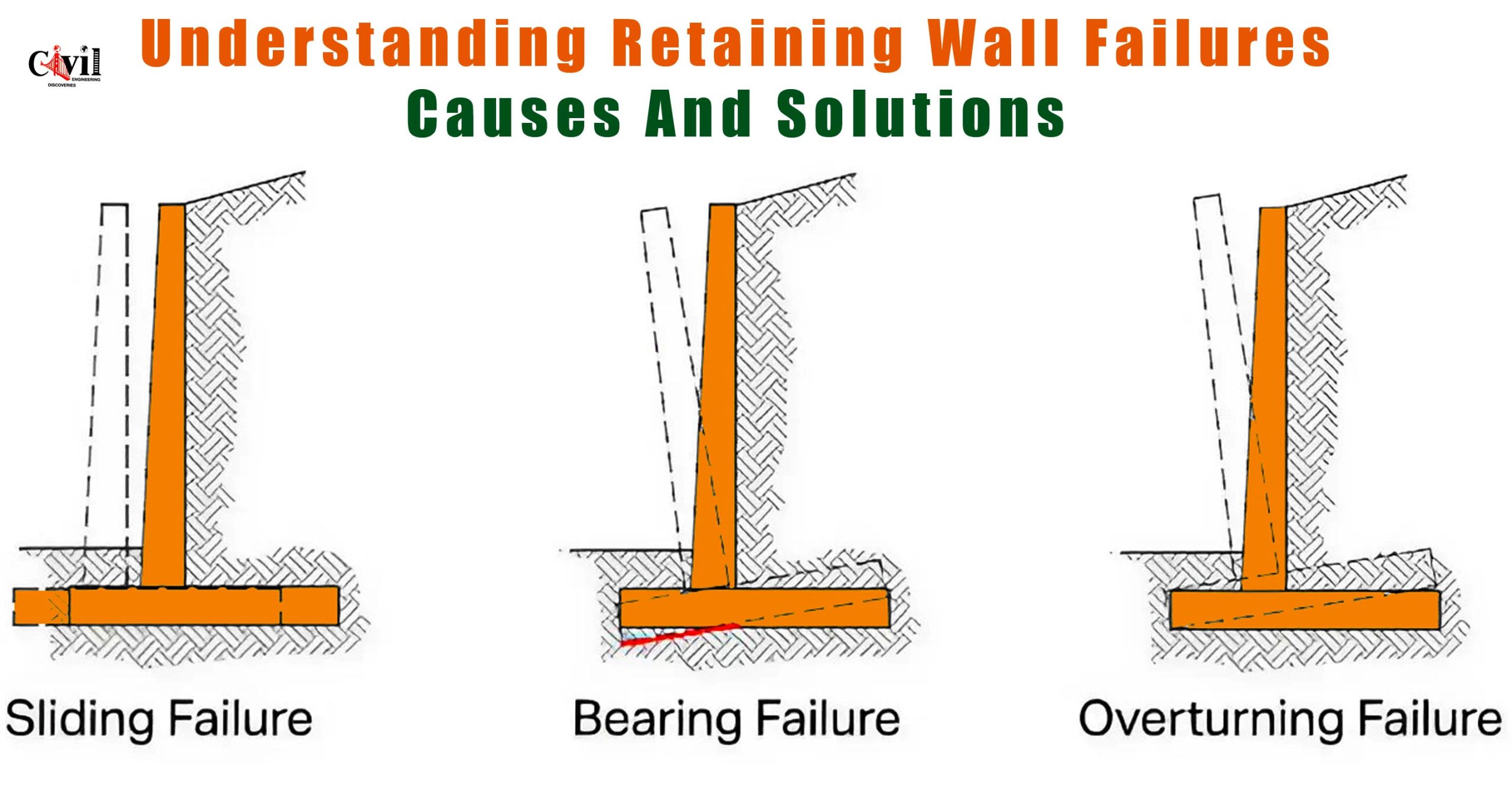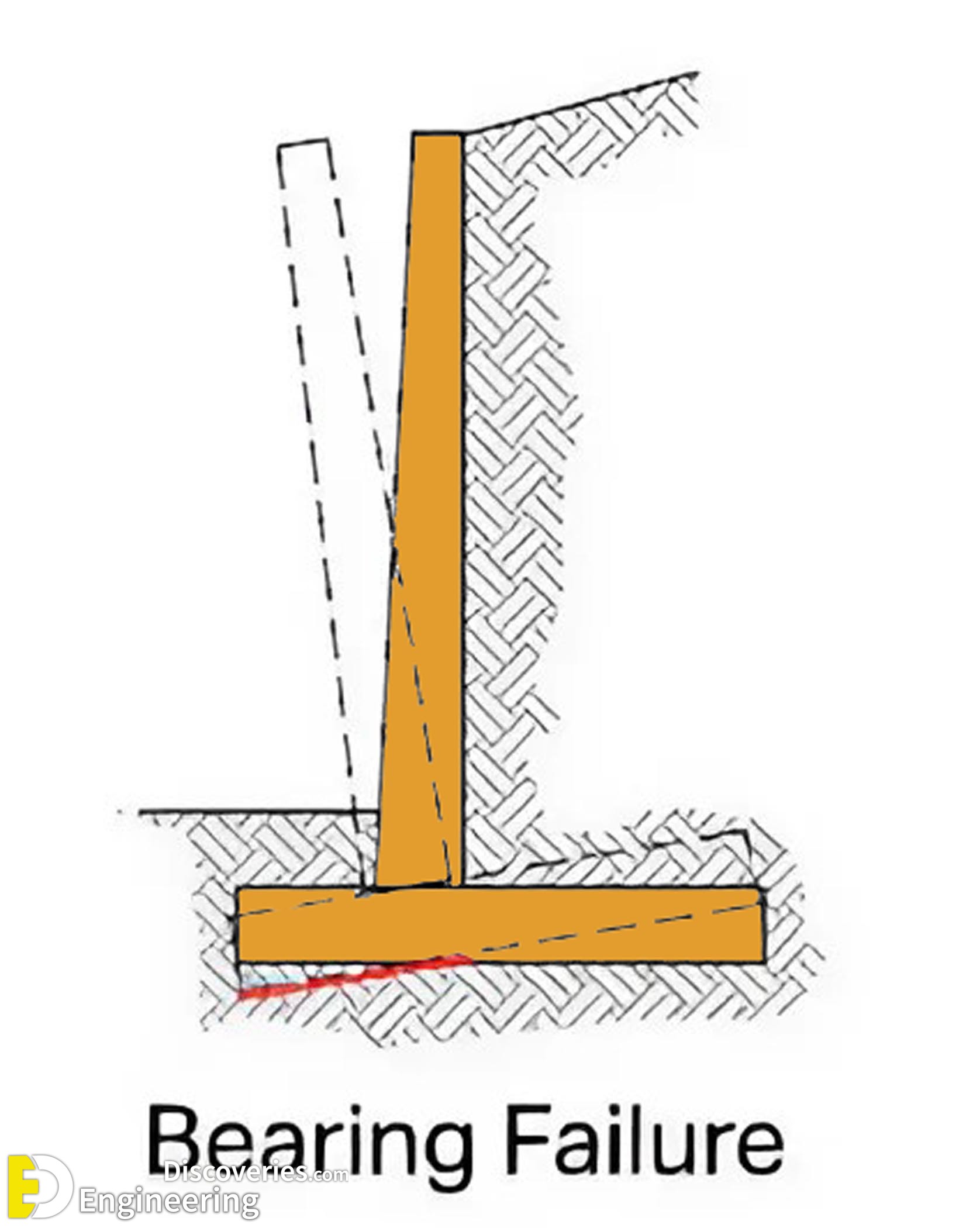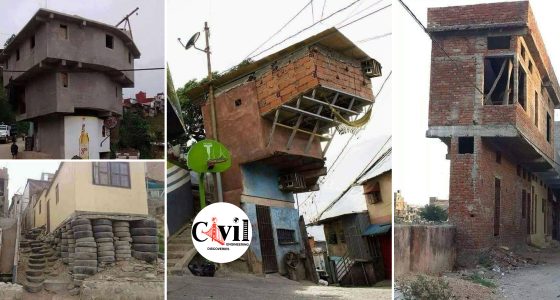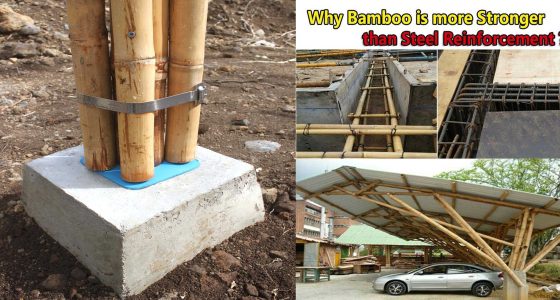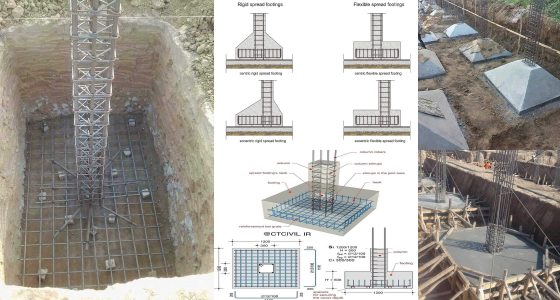Retaining walls play a crucial role in supporting structures and preventing soil erosion. However, they can fail due to several reasons, including sliding, bearing, and overturning. In this article, we will explore the common causes of retaining wall failures and how to prevent them.
1. Sliding Failure
Sliding failure occurs when the retaining wall moves horizontally due to excessive lateral earth pressure. This can happen if the wall is not properly anchored or if the foundation isn’t strong enough to resist the force of the soil.
Causes of Sliding Failure
- Inadequate Base Friction: The wall can shift without sufficient friction between its base and the soil.
- Water Pressure: Poor drainage can cause water to accumulate behind the wall, increasing the pressure and leading to sliding.
Preventing Sliding Failure
To prevent sliding failure, ensure proper design and installation, focusing on base friction and drainage systems. Reinforcing the wall with anchors can also enhance stability.
2. Bearing Failure
Bearing failure happens when the foundation of the retaining wall cannot support the vertical load, leading to structural damage or collapse.
Causes of Bearing Failure
- Weak Foundation Soil: If the soil beneath the wall is not strong enough to handle the weight, the foundation may sink or deform.
- Excessive Load: Overloading the retaining wall beyond its design capacity can lead to bearing failure.
Preventing Bearing Failure
To prevent bearing failure, it’s crucial to assess soil conditions before construction. Strengthening the foundation or using deep foundations can help distribute the load more evenly.
3. Overturning Failure
Overturning failure occurs when the retaining wall tilts or falls due to the force of the soil pushing against it, exceeding the wall’s capacity to resist.
Causes of Overturning Failure
- Inadequate Wall Height: A wall that’s too short for the load it’s supporting can easily overturn.
- Improper Design: Insufficient reinforcement or incorrect angles can lead to a lack of stability.
Preventing Overturning Failure
To avoid overturning failure, ensure the wall is tall and reinforced enough to counterbalance the lateral forces. Sloping the soil and adding reinforcements can also improve stability.
Click Here To See The Importance Of 135-Degree Seismic Hooks For Earthquake-Resistant Structures
